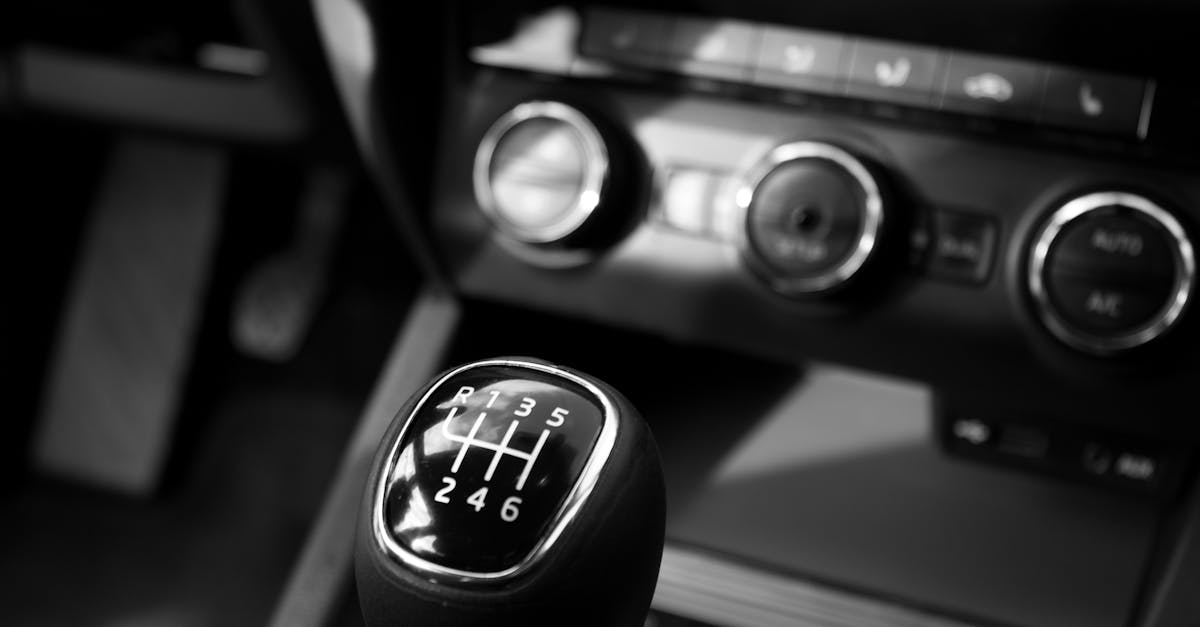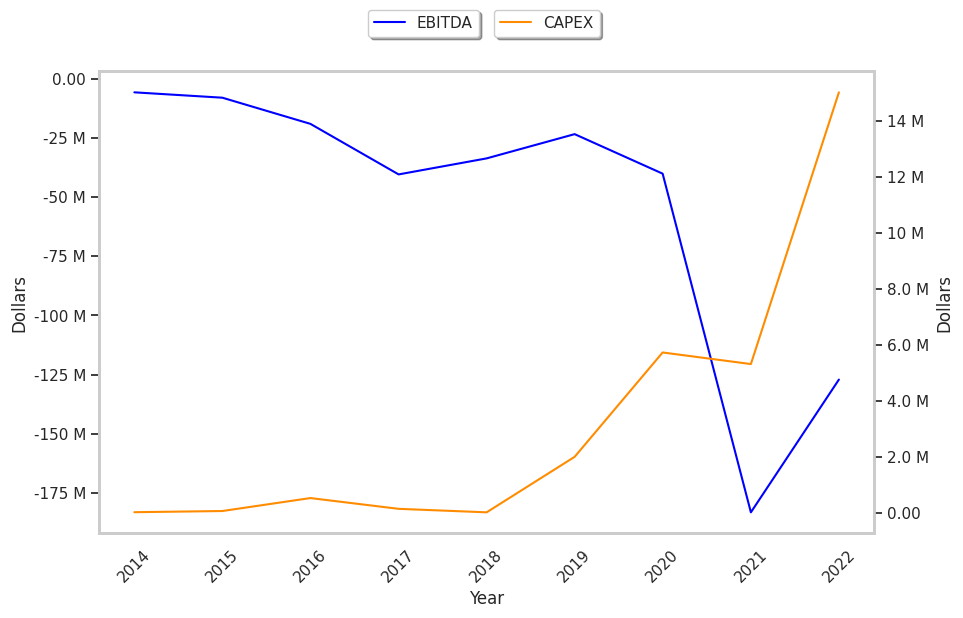It's been a strong day for Workhorse. Its shares are now trading at $0.7, marking a 10.8% change since the previous market close. An analyst favorite, the Auto Manufacturers company has a rating of buy. But could the market and the analyst community be overvaluing this stock?
The first step in determining whether a stock is overvalued is to check its price to book (P/B) ratio. This is perhaps the most basic measure of a company's valuation, which is its market value divided by its book value. Book value refers to the sum of all of the company's assets minus its liabilities -- you can also think of it as the company's equity value.
Traditionally, value investors would look for companies with a ratio of less than 1 (meaning that the market value was smaller than the company's book value), but such opportunities are very rare these days. So we tend to look for company's whose valuations are less than their sector and market average. The P/B ratio for Workhorse is 1.35, compared to its sector average of 3.12 and the S&P 500's average P/B of 2.95.
Modernly, the most common metric for valuing a company is its Price to Earnings (P/E) ratio. It's simply today's stock price of 0.7 divided by either its trailing or forward earnings, which for Workhorse are $-0.78 and $-0.32 respectively. Based on these values, the company's trailing P/E ratio is -0.9 and its forward P/E ratio is -2.2. By way of comparison, the average P/E ratio of the Consumer Discretionary sector is 22.33 and the average P/E ratio of the S&P 500 is 15.97.
Indebted or mismanaged companies can't sustain shareholder value for long, even if they have strong earnings. For this reason, considering Workhorse's ability to meet its debt obligations is also an important aspect of pinning down its valuation. By adding up its current assets, then subtracting its inventory and prepaid expenses, and then dividing the whole by its current liabilities, we obtain the company's Quick Ratio of 1.381. Since WKHS's quick ratio is higher than 1, its total liquid assets are sufficient to meets its current liabilities.
Lastly, we consider Workhorse's free cash flow of $-78799145. This is the sum of all of its incoming and outgoing cash flows -- including those that are unrelated to its core business, such as rent, legal costs, income from investments, debt payments, etc. A negative cash flow for a single quarter is not a particularly serious issue for a company that does not pay a dividend. But if the cash flows are negative or erratic over several years, the company may be in trouble.
Shares of Workhorse appear to be overvalued at today's prices — despite the positive outlook from analysts. But sometimes stocks with inflated valuations turn out to be strong performances for years, and even decades, such as Amazon. So be sure to do your own due diligence if you are interested in taking a long position in WKHS.



